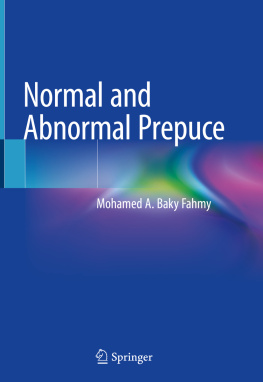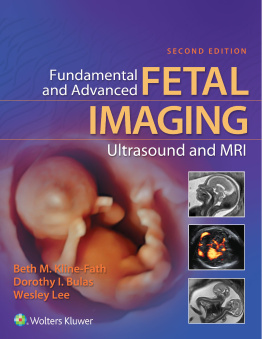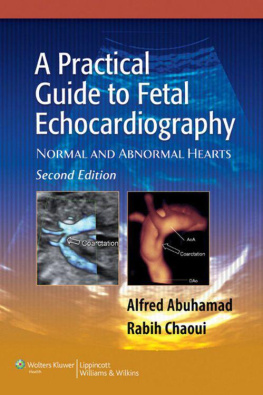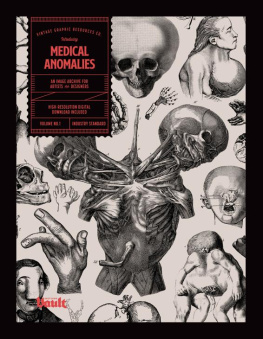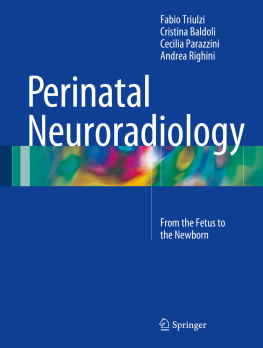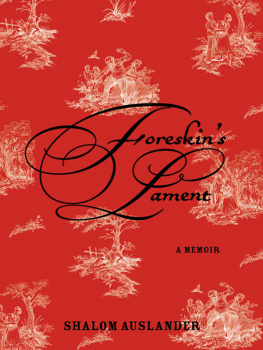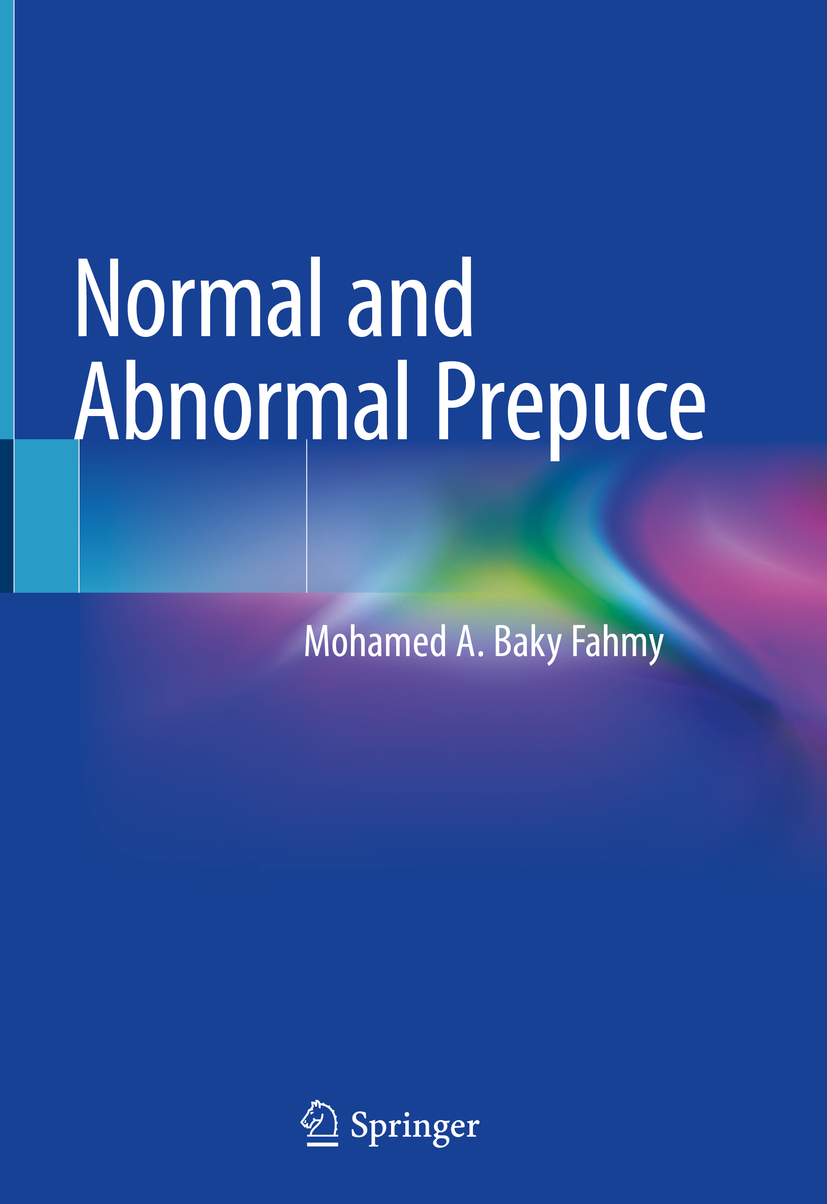Mohamed A. Baky Fahmy
Normal and Abnormal Prepuce
Mohamed A. Baky Fahmy
Pediatric Surgery, Al Azher University, Cairo, Egypt
ISBN 978-3-030-37620-8 e-ISBN 978-3-030-37621-5
https://doi.org/10.1007/978-3-030-37621-5
Springer Nature Switzerland AG 2020
This work is subject to copyright. All rights are reserved by the Publisher, whether the whole or part of the material is concerned, specifically the rights of translation, reprinting, reuse of illustrations, recitation, broadcasting, reproduction on microfilms or in any other physical way, and transmission or information storage and retrieval, electronic adaptation, computer software, or by similar or dissimilar methodology now known or hereafter developed.
The use of general descriptive names, registered names, trademarks, service marks, etc. in this publication does not imply, even in the absence of a specific statement, that such names are exempt from the relevant protective laws and regulations and therefore free for general use.
The publisher, the authors and the editors are safe to assume that the advice and information in this book are believed to be true and accurate at the date of publication. Neither the publisher nor the authors or the editors give a warranty, expressed or implied, with respect to the material contained herein or for any errors or omissions that may have been made. The publisher remains neutral with regard to jurisdictional claims in published maps and institutional affiliations.
This Springer imprint is published by the registered company Springer Nature Switzerland AG
The registered company address is: Gewerbestrasse 11, 6330 Cham, Switzerland
It is my honour to dedicate this unique book to my beloved wife Rula for her unremitting physical and spiritual advocacy and support.
Foreword
The prepuce has never been studied before as a separate structure, as in many societies it is simply excised during circumcision. However, it is an organ as other body parts do have its structure, pathologies and value.
This books aims to illuminate in details this rarely studied body part where it is described as a complex of specialized erogenous structures that work in sympathy with adjacent penile structures.
The historic review of the prepuce with the comparative anatomy to animal prepuce may be the first literature ever comparison published. Many surgeons who are interested in genital surgery and its reconstruction do pay attention to the prepuce anatomy, histology and its use to reconstruction of nearby genital organs.
The different pathologies of the prepuce have never been collected before in the literature in one place, whether those associated with meatal or penile anomalies. Other pathologies might not have been seen by many specialized surgeons due to the prevalence of circumcision in their societies and an adult or child prepuce pathology is really rare.
Female prepuce is another rarely discussed skin structure that is expanded in this book. The anatomy or variations are rarely addressed or discussed in the literature, adding to that its pathologies set up the important information that is needed and searched for by anyone who needs to perform surgery on this body part.
The photographic illustrations of each pathology, whether male or female, give a clearer description of these rare problems and add great value to this book.
In conclusion, what is really new about this book is that it addresses an important body part that many surgeons may excise at least once during their career and discuss its value and related diseases with an extensive illustrative photos.
Ahmed Medhat Zaki
Contents
Part INormal Prepuce
Part IICongenital Preputial Anomalies
Part IIIAcquired Diseases of the Prepuce
Part IVPreputial Neoplasm
Part VFrenulum
Part VIFemale Prepuce
Springer Nature Switzerland AG 2020
M. A. B. Fahmy Normal and Abnormal Prepuce https://doi.org/10.1007/978-3-030-37621-5_1
1. Introduction
Mohamed A. Baky Fahmy
(1)
Pediatric Surgery, Al Azher University, Cairo, Egypt
Mohamed A. Baky Fahmy
The argument is continuous along the history, whether this piece of skin is a vestigial redundant part of human body and deserves removal, or it is rather a complex of specialised erogenous structures that work in sympathy with adjacent penile structures and merits reverence? Is the prepuce is a superfluous tag of skin, or it is a large platform for the reception and expression of sensual and sexual sensation?
Nowadays the universe divided into territories discarding the prepuce along the process of circumcision, and another concerned to preserve it in an optimal healthy condition.
We have to admit that the prepuce as an exquisitely designed, it is highly innervated and vascularised complex of specialised erogenous structures and it could be affected by different acquired diseases and congenital anomalies; but as it is removed in about 40% of men along the mankind history, so there is no previously convenient opportunity to study thoroughly the preputial diseases and anomalies. There is no accurate classification exists for preputial anomalies in children and adults, and some of these anomalies are difficult to define or diagnose, while it may significantly alter penile appearance.
Most relevant medical texts contain no or little information regarding the anatomy and physiology of the prepuce, even some do not even include the prepuce in diagrams of the penis, so our goal through this illustrative textbook is to elaborate the normal embryology, anatomy, functions, normal variations and diseases affecting this dialectical organ, without any discussion about its removal in circumcision, preserving or reconstructing it. Discussion will not only concern with male prepuce, but also it will be extended to deal with female prepuce (hood) to elucidate some lights in its normal and abnormal situations. Many new items which were not previously discussed are elaborated like microposthia (Congenital incomplete preputial development), macroposthia (akroposthia, or redundant prepuce) and the normal variations of preputial meatus will be illustrated, also the dilemma of phimosis and its confusion with other anomalies and diseases will be addressed.
During the last two decades the prevalence of circumcision declined dramatically, specially in Europe, Canada, Australia and many Asian countries. Previous trend to take off the prepuce for management of many penile and preputial diseases is moved recently for more preservation of the prepuce, and on the background of its importance, as an essential organ, we are now seeing many centers offering several procedures to restore the previously removed prepuce; so these enforce the importance of this textbook; which will collect most data available about the prepuce in health and diseases along my experience in dealing with genital anomalies during the last 35 years.
According to Oster [], there are three fundamental dates in the history of the foreskin: at 1713 BC, when Abraham was circumcised as a sign of his covenant with God; 43 AD, when the apostle Paul stated that circumcision of the heart and not that of the flesh was the only way to salvation; and AD 1949, when Gairdner published, first hand, the typical preputial development. The first two events are historically notable and have influenced millions of people, while the third seems not to have been so remarkable so far.

